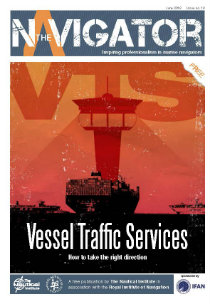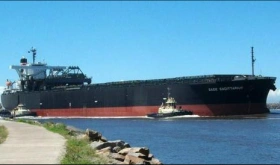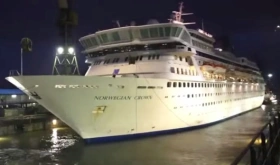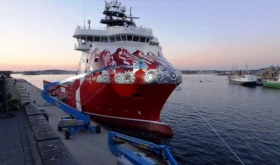On last September EMSA released a report on the Delivery of Ship-generated Waste and Cargo Residues to Port Reception Facilities in EU Ports. The objectives of the study were to provide EMSA with waste volume fact sheets for identified ports, todescribe the applied waste handling system in mentioned ports and to analyse factors influencing the ship-waste delivery behaviour of ships.
According to the study:
- All ports receive MARPOL Annex I (oily Waste from machinery space) and MARPOL Annex V (garbage);
- All ports accept MARPOL Annex IV (Sewage) except for 2 ports, and 27 out of 40 ports actually receive MARPOL Annex IV (Sewage);
- Some ports address their Cargo Residues (MARPOL Annex I and V) on their waste notification form, but few have real information about the actual delivery due to a lack of communication with the terminals receiving the Cargo Residues; and
- Most ports leave the handling of any Cargo Residues to the individual terminal dealing with the cargo and are therefore not involved at any level in the collection of Cargo Residues, i.e. registration, collection, and payment.
There seem to be a general understanding among ports that the waste types that they shall receive comprise: MARPOL Annex I (oily waste from machinery space) and MARPOL Annex V (garbage). These waste types seem to be the easiest waste types to receive, e.g. garbage via containers placed on the berth or individual garbage collection (a truck drives alongside the ship and takes the plastic bags placed there). Liquid oily waste requires a truck (or barge if collected from seaside) or in some ports just an iso-container placed by the waste operator next to the ship into which the ships can discharge their liquid waste.
A majority of ports (38 out of 40) provide collection of sewage in case the ships request it. However, it seems that the ports do not promote this service as many ships calling the ports do not request this service. The reason for this is most likely that these ships are able to discharge legally into the sea during voyage and therefore have no real need for this service, except if they have to stay for a long period of time in the port. However, 27 ports out of 40 do receive sewage.
The waste fees for the reception of wastes depend on the port reception facility. There are many variations at EU, national, and in some cases, individual port level of the interpretation of Article 8 of Directive 2000/59/EC on fees for ship-generated waste. The transposition of the Directive into national legislation leaves room for adopting different ways of introducing incentives for waste delivery in the ports.
The report concludes that For Annex I (oily waste from machinery space) and Annex V (garbage) trends show an increase up to 2008/2009 and then a decrease and stabilisation in 2010. The increase from 2004/5 to 2008/9 was, by a majority of ports, explained by the implementation of EU Directive 2000/59/EC. The decrease in volume after 2008/9 was, by many ports, explained by a reduced number of port calls following the economic crisis.
For Annex IV (sewage), Annex I (oily Cargo Residues) and Annex V (liquid Cargo Residues from dry cargoes) the pattern shows many fluctuations. These are probably due to the limited feedback from ports regarding these three waste types; hence no clear trend can be identified.
Regarding acceptance of the different waste types the study shows that:
- All ports accept oily waste from machinery space and garbage
- 92% accept sewage
- 70% accept noxious liquid substances
- 47% accept oily Cargo Residues
- 80% accept Annex V liquid Cargo Residues
Source: EMSA














Leave a Comment